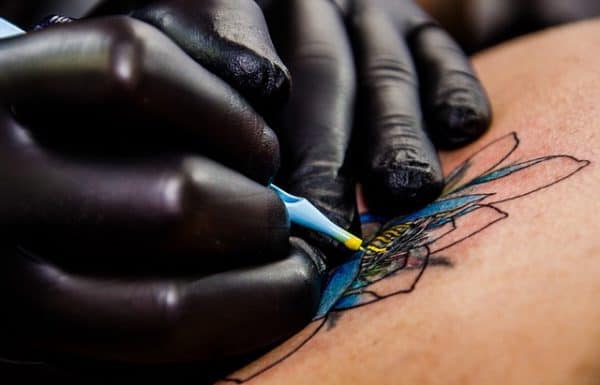Tattooing is an ancient form of body modification, but it’s also a popular practice today among people from all walks of life. More interestingly, however, for such an old practice, tattooing continues to evolve, and that allows artists to create more detailed and innovative work. Today’s artists work with machines that bear little to no resemblance to those tattooing implement used by the Maori, ancient Thai communities, or Egyptians who were early practitioners of the art.
You can read about tattooing.

Modified Machines
The first electric tattoo machine was developed by Thomas Edison, who patented his idea in 1876. When Edison developed his machine, however, he never could have envisioned some of the more recent innovations to shape tattoo machines, including 3D printers hacked to create tattoos. These machines are unique not just for their software-driven creations, but also for their ability to adjust to the natural curves in the skin, making it easy to create detailed, accurate pieces of art.
Custom Builds
Machines like those built out of 3D printers might be interesting, but they aren’t something most tattoo artists would actually want since they separate the artist from their creation. Instead, most tattoo artists today rely on custom tattoo machines, which are made to order based on their preferred styles and brands. Such custom machines range from standard coil machines to pricier pneumatic machines to liners and shaders used to create detailed work. Over their careers, top tattoo artists will typically invest in many of these custom machines.
A Finer Point
Of all the different styles and practices used in tattooing, the most detailed is work done with a single needle. These needles are used for very delicate pieces, to add fine details, and in newer tattoo styles, like three-dimensional art and hyperrealism. But, what’s so innovative about single needle tattooing?
In order to be useful to tattoo artists and allow them to create compelling, beautiful work, single needle tattoo machines have had to be carefully engineered to prevent bleeding and blowout. This is historically a major problem with single need work, since the needle doesn’t penetrate the skin as deeply, but new machines have helped mitigate these problems.
AR Options
Tattoo artists today work within a significantly different space than those of even just a decade or two ago, in large part because of social media. That’s because social media allows clients to carefully screen artists’ work before making an appointment, and many will travel great distances to see a preferred artist. However, technology has done much more than help potential human canvases identify their preferred artists.
Using new tools like augmented reality, tattoo artists can now offer clients a much more realistic representation of how the finished product will work. Instead of lightboxes and tracing paper, they can now use a variety of digital tools and AR projections to evaluate placement and modify elements quickly before starting any work. That’s especially valuable given the permanent nature of tattoos.
Tattoos Get Smart
While not tattoos in the traditional sense, the latest trend in skin art is the smart tattoo, a system of adhesive circuits and conductors applied to the skin. But what’s the appeal of such devices? In short, they can be used to interact with our modern, connected world, to collect vitals, and even measure inputs like UV exposure.
Unlike traditional tattoos, smart tattoos aren’t permanent, but many find them to be aesthetically appealing, and they can be affordably designed by just about anyone. Though the applications are still in the early stages, the ability to develop personal wearable tech that’s also attractive is an exciting extension of traditional tattooing.
Tattoo art has come a long way since its first applications centuries ago, but it remains a relevant and valued practice nonetheless. In the coming years, we can expect additional changes to the tools used in this craft, allowing tattoo artists to create even more interesting and exciting works.
 Gearfuse Technology, Science, Culture & More
Gearfuse Technology, Science, Culture & More


